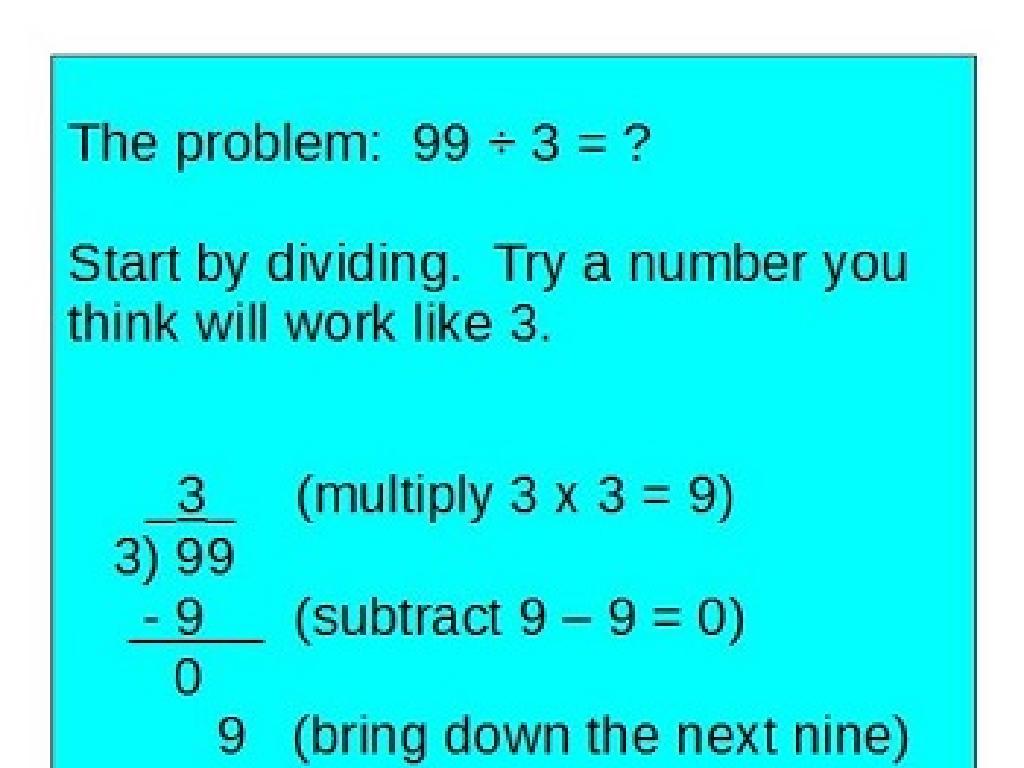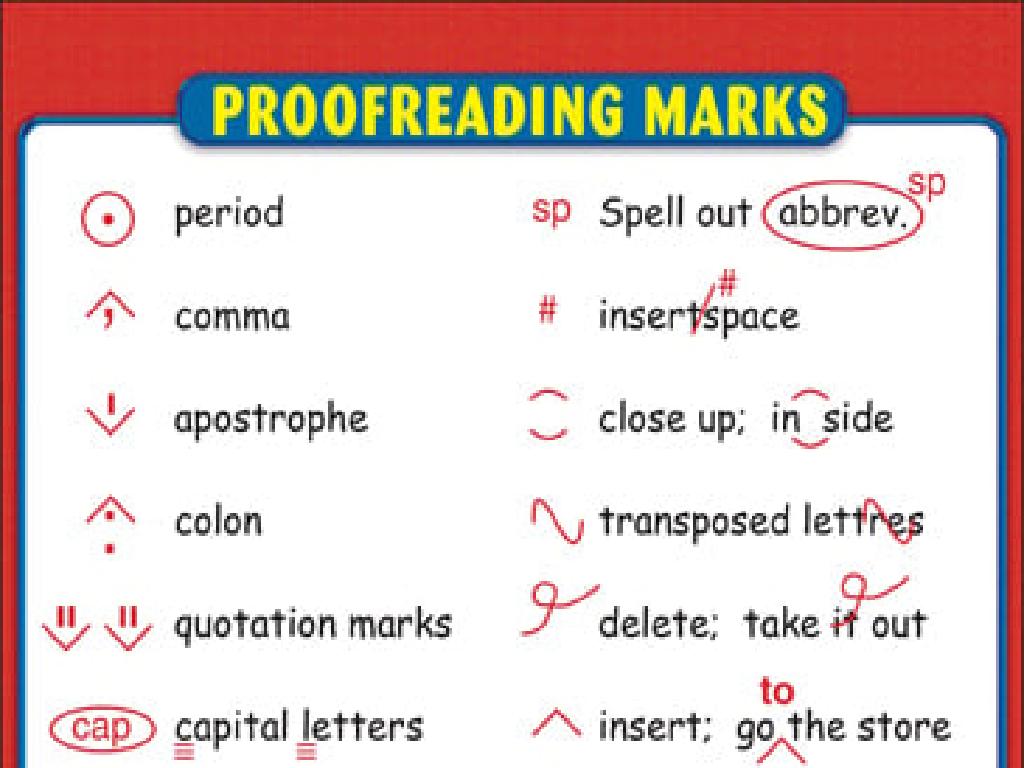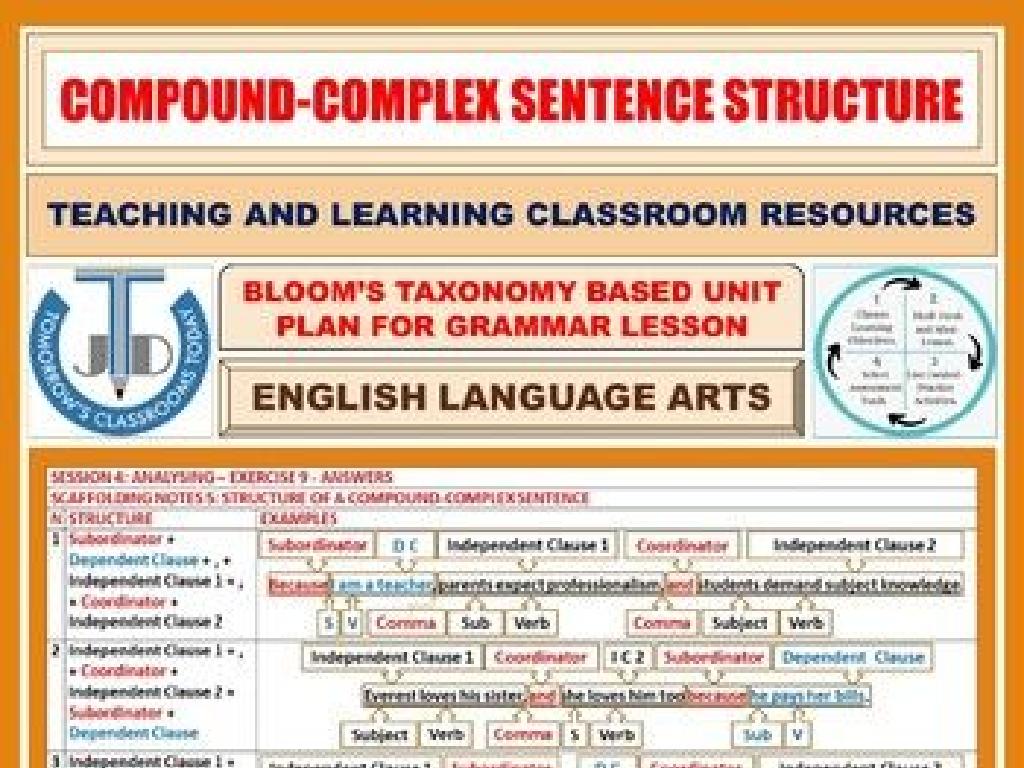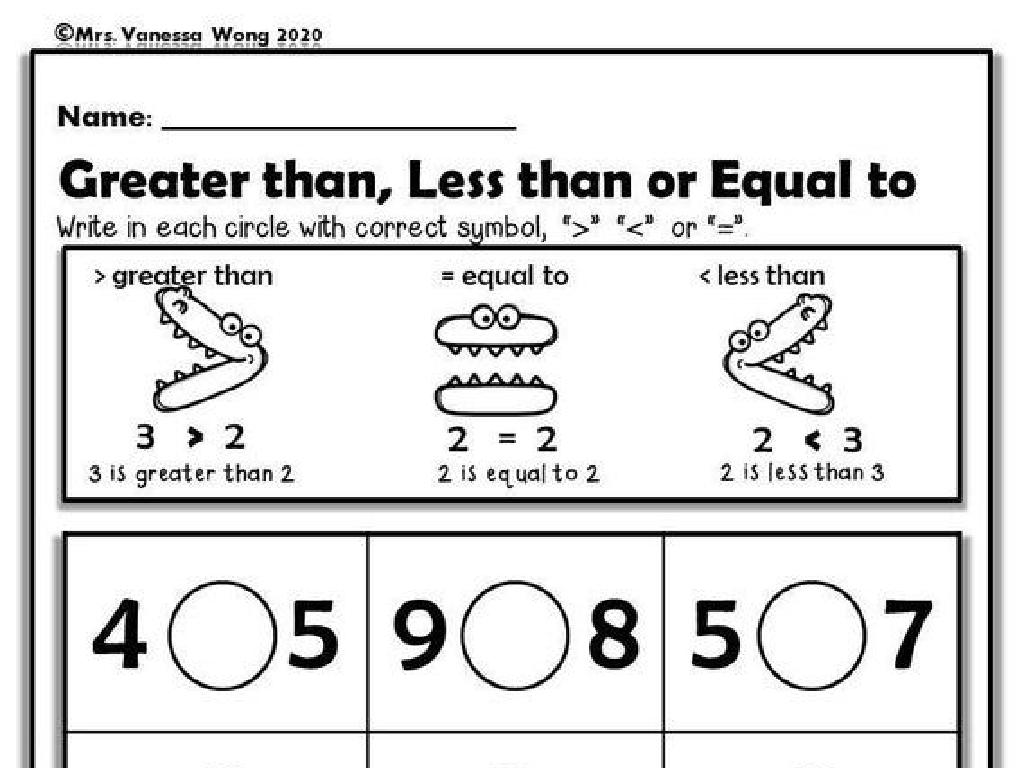Relate The Graph Of An Equation To Its Solutions
Subject: Math
Grade: Eighth grade
Topic: Linear Equations
Please LOG IN to download the presentation. Access is available to registered users only.
View More Content
Relating Graphs to Solutions in Linear Equations
– Basics of linear equations
– An equation like y = mx + b, where m and b are constants.
– Connection between graphs and solutions
– Points on the line are solutions to the equation.
– Graphs as visual solutions
– Every point on the line satisfies the equation y = mx + b.
– Today’s objective: Relate graphs to solutions
|
This slide introduces the concept of linear equations and how their graphical representations relate to solutions. Begin by explaining the standard form of a linear equation, y = mx + b, where ‘m’ represents the slope and ‘b’ the y-intercept. Emphasize that every point on the graph of a linear equation is a solution to that equation. Illustrate this by plotting a line and showing that if you pick any point on this line and substitute the x and y values into the equation, it will hold true. Today’s learning objective is to ensure students can take a linear equation and graph it to visually interpret the solutions. Encourage students to think of the graph as a bridge connecting the abstract equation to concrete solutions they can see.
Understanding Linear Equations
– Define a linear equation
– An equation that makes a straight line when graphed.
– Explore general form y = mx + b
– ‘m’ is the slope, ‘b’ is the y-intercept.
– Discuss characteristics
– Constant slope, straight line graph, intercepts.
– Relate graphs to solutions
– Points on the line are solutions to the equation.
|
This slide introduces the concept of linear equations, a fundamental topic in algebra. Begin with the definition, emphasizing that a linear equation forms a straight line when graphed. Explain the general form, y = mx + b, where ‘m’ represents the slope of the line and ‘b’ is the point where the line crosses the y-axis (y-intercept). Discuss the characteristics of linear equations, such as having a constant slope and straight-line graph, and how the x and y-intercepts are points where the line crosses the axes. Conclude by explaining how every point on the line represents a solution to the equation. Encourage students to think of real-world examples where linear equations are applicable, such as calculating distance over time or predicting expenses.
Graphs Tell a Story: Linear Equations
– Plotting linear equations
– Use a coordinate system to plot points and draw the line of an equation.
– Comprehending slope and y-intercept
– Slope measures steepness, y-intercept is where line crosses the y-axis.
– Real-world linear graph examples
– Consider graphs like distance vs. time for constant speed.
– Interpreting graphs for solutions
– Graph intersections represent solutions to the equation.
|
This slide introduces students to the concept of graphing linear equations and understanding the stories they tell. Begin by explaining how to plot points on a graph to create a line representing a linear equation. Discuss the slope as the rate of change and the y-intercept as the starting point. Use relatable examples such as distance versus time to illustrate real-world applications of linear graphs. Finally, emphasize how the points where lines intersect on the graph correspond to the solutions of the equation. Encourage students to practice plotting and interpreting various linear graphs to solidify their understanding.
Solutions of Linear Equations
– Define a linear equation solution
– A solution satisfies the equation, e.g., (x, y) that makes ax + by = c true.
– Find solutions using a graph
– Points where the line crosses axes represent solutions.
– Relate solutions to line points
– Each point on the line is a possible solution of the equation.
– Graphs illustrate solution sets
|
This slide aims to clarify the concept of solutions to linear equations and how they are represented graphically. Begin by defining what constitutes a solution to a linear equation, emphasizing that it is any ordered pair that satisfies the equation. Demonstrate how to find solutions by looking for points where the graph of the equation intersects the x and y axes. Explain that every point on the line is a solution, showing the connection between algebraic solutions and their graphical representation. Use examples like y = 2x + 3 to illustrate these points. Encourage students to practice by picking points on a line and checking if they satisfy the equation.
Interpreting Graphs of Linear Equations
– Understanding linear graph types
– Identify characteristics of lines: slope, y-intercept, and x-intercept.
– The role of slope in graphs
– Slope determines the steepness and direction of the line.
– Linear graphs in the real world
– Explore graphs of budgeting, distance vs. time, etc.
– Activity: Graph analysis
– Examine different linear graphs and discuss their features.
|
This slide introduces students to the concept of interpreting various types of linear graphs. Emphasize the importance of understanding the slope and how it affects the graph’s direction and steepness. Provide real-life examples such as budgeting scenarios or distance-time relationships to illustrate the application of linear graphs. For the activity, encourage students to analyze different linear graphs, identifying the slope and intercepts, and discuss how these features relate to the equation’s solutions. This will help them visualize how algebraic equations translate into graphical representations.
Class Activity: Let’s Plot Some Equations!
– Receive a linear equation to graph
– Plot the equation on a coordinate plane
– Use graph paper or a digital tool to draw the line
– Determine the equation’s solutions
– Solutions are where the graph intersects the x-axis
– Discuss solutions with the class
|
This interactive class activity is designed to help students understand the relationship between linear equations and their graphical representations. Each student will be given a different linear equation to plot on a coordinate plane. They will need to carefully draw the line that represents the equation. Students should identify the points where the line crosses the x-axis, as these are the solutions to the equation. After plotting, students will come together to discuss their findings and compare the solutions of different equations. Possible variations of the activity could include working in pairs, using online graphing tools, or challenging students to find the y-intercept as well.
Group Discussion: Graphs and Solutions
– Share your graphs with peers
– Discuss methods for finding solutions
Did you use intercepts or test points?
– Observe patterns in graphs and solutions
Are there similarities in the graphs for the same solutions?
– Reflect on the activity’s learning outcomes
|
This slide is meant to facilitate a group discussion among students about the relationship between the graphs of linear equations and their solutions. Students should be encouraged to share the graphs they’ve created with the class and discuss the different methods they used to find the solutions, such as finding x and y intercepts or using test points. Encourage them to observe any patterns or similarities in the graphs that correspond to the same solutions. This reflection will help them understand the concept of solutions being the points where the graph intersects the axes. The teacher should guide the discussion, ensuring that each student has the opportunity to share and reflect on their learning process. Possible activities include peer review of graphs, group presentations, and creating a gallery walk of the graphs around the classroom.
Class Activity: Linear Equations in Real Life
– Apply linear equations to real scenarios
– Work in groups on real-world problems
– Collaborate to find solutions to practical situations
– Solve problems using linear equations
– Use equations to represent real-life challenges
– Present solutions and graphs to class
– Share your findings and understanding with peers
|
This activity is designed to help students apply their knowledge of linear equations to real-world scenarios, enhancing their understanding of the relevance of math in everyday life. Divide the class into small groups and provide each with a different scenario where they must use linear equations to solve a problem. Scenarios could include budgeting a shopping list, planning a road trip with distance and fuel costs, or predicting the growth of a plant over time. Each group will present their problem, solution, and the graph that represents the equation to the class. Encourage creativity in their presentations and ensure they explain how the graph relates to the solution of the problem. This will reinforce their comprehension of the relationship between equations, their graphical representations, and real-world applications.
Review and Reflect: Graphs and Solutions
– Recap: Graphs of linear equations
– How the graph represents all solutions to the equation
– Real-world application of graph solutions
– Use in budgeting, planning trips, or construction projects
– Quick quiz to assess understanding
– A few problems to solve as a class
– Reflect on today’s learning
|
This slide aims to consolidate the day’s learning on how the graph of a linear equation represents its solutions. Emphasize the intersection points on the graph as solutions to the equation. Discuss how this knowledge can be applied in real-life scenarios such as budgeting, where the intersection of cost and income graphs can help in planning, or in construction, where material costs versus labor costs can be analyzed. Conduct a quick quiz with the class to ensure they have grasped the key concepts. Encourage students to reflect on what they’ve learned and how they can apply this knowledge outside the classroom. This reflection helps in reinforcing the concepts and assessing their understanding.
Homework: Graphs and Solutions of Equations
– Solve practice problems at home
– Plot equations on a graph
– Use graph paper or digital tools to draw lines
– Find the solutions
– Identify where lines intersect the axes
– Discuss answers in next class
– Be ready to explain how you got your answers
|
This homework assignment is designed to reinforce students’ understanding of the relationship between linear equations and their graphical representations. Students are expected to solve the given practice problems by plotting the equations on a graph and identifying the solutions as points where the lines intersect the axes. Encourage students to use precise points and check their work for accuracy. In the next class, there will be a discussion where students can share their methods and solutions, fostering a collaborative learning environment. This will also provide an opportunity to address any misconceptions or difficulties students may have encountered.






